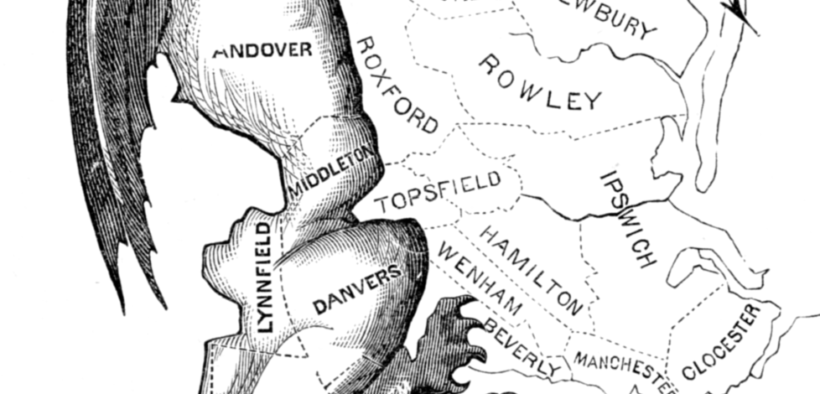‘Slay The Dragon’ Exposes Gerrymandering in Politics & How We can Stop it

A new timely documentary explores the political maneuver of gerrymandering and how it may contribute to our politically divisive culture. It also shows how grassroots campaigning can put an end to it.
Well timed to this current election year, Slay the Dragon exposes how gerrymandering allows political parties to draw district lines that are most advantageous to their election. It often leads to bizarrely shaped boundaries within states, allowing the party in power to essentially lock in statehouse majorities.
In short, it allows legislators to pick voters rather than voters picking legislators. Gerrymandering has been used in the United States as early as 1788 to increase the power of a political party. The term was coined after the redistricting maps of Massachusetts in 1812, set by Governor Elbridge Gerry, and its resemblance to a salamander.
Directed by veteran documentarians Barak Goodman and Chris Durrance, the new film’s tagline specifically promises to follow “everyday people as they fight to make their votes matter.” Most notably, it features Katie Fahey, the activist who founded Voters Not Politicians and led a successful grassroots campaign to ban partisan gerrymandering in Michigan in 2018.
Although gerrymandering is found on both sides of the political aisle, Slay the Dragon examines how the GOP is guilty of it in particular. It explores how a secretive, high-tech initiative called Project Redmap was created in response to Barack Obama’s election in 2008, and aggressively resorted to gerrymandering.
Slay the Dragon purports that Project Redmap manipulated voting patterns across the U.S. by targeting local state elections with the same kind of financial backing and negative ad campaigns usually found in presidential runs.
The new film has received positive reviews from critics, including Owen Gleiberman of Variety, who called it “the most important political film of the year” and that it “may prove to be one of the key political films of the decade.”
With its focus on activism in particular, it may inspire citizens to be more proactive in promoting change in politics.
Slay the Dragon premiered last year at the Tribeca Film Festival and is now available via video on demand.







